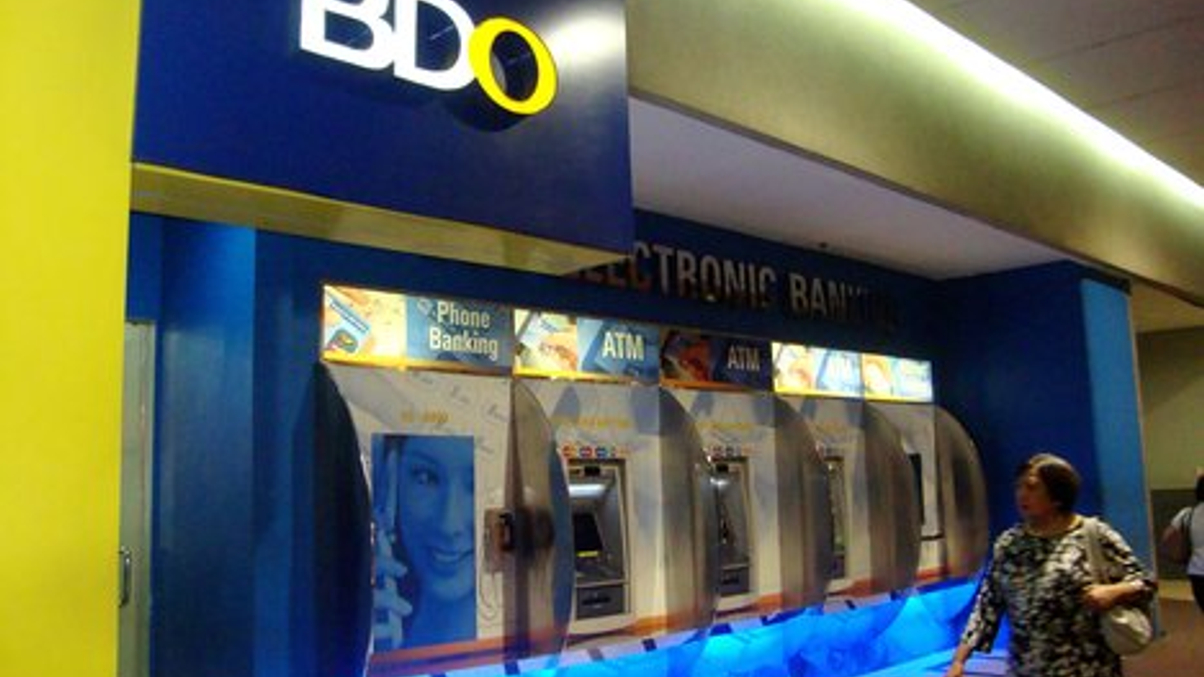AI300: Philippines AUM stalls in 2016
Rising interest rates, inflated equity valuations stunt AUM growth expectations in Philippines, says Banco de Oro’s head of trust and investments group

The Philippines' leading banks saw their institutional assets under management (AUM) decline slightly in 2016, and it could fall further in the coming months, amid wide expectations that interest rates will rise and the peso weaken, warns one leading bank executive.
Sign In to Your Account
Access Exclusive AsianInvestor Content!
Please sign in to your subscription to unlock full access to our premium AI resources.
Free Registration & 7-Day Trial
Register now to enjoy a 7-day free trial—no registration fees required. Click the link to get started.
Note: This free trial is a one-time offer.
¬ Haymarket Media Limited. All rights reserved.


